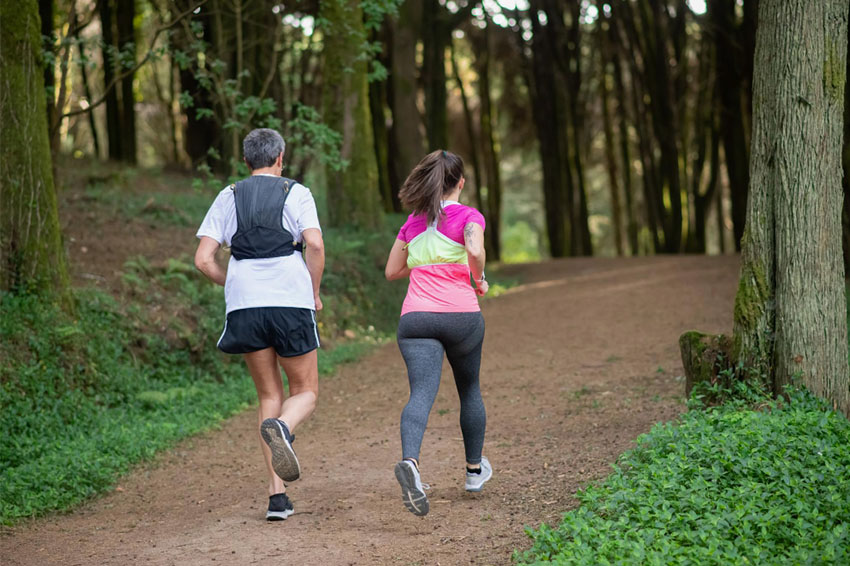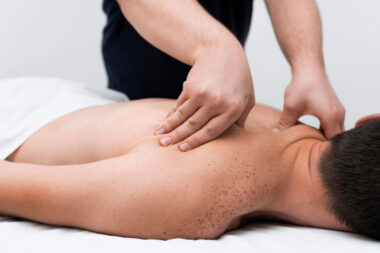Trail running is more than just running; it involves coordinating directional changes, running on rough terrains, and climbing hills. When you compare trail running to road running, you will agree that trail runners are exposed to higher physical demands.
Trail runners also suffer more frequent foot and ankle injuries than their road running counterparts. Thus, for a trail runner to be successful in his chosen field, he needs the capacity to accomplish his objectives. When coaching or rehabilitating trail runners, you should work and improve your ankle’s resilience.
Here are the top physio therapy exercises which will make you a better trail runner.
Triple flexion
Do the triple flexion exercise. This exercise improves stability and joint mobility. With your knees bent, hip up, and the toes facing up, the triple flexion helps your hip, knee, and ankle remain strong.
A good illustration of the triple flexion exercise is the step with the high knee exercise. It gives you the ability to run up inclines.
Triple extension
You can also be in the triple extension position through the hip, knee, and ankle. You can refer to this position as the sprinters’ position.
To be in this position, you must put your leg behind your body, keep the knee straight and stand on your toes. This gives you more efficient and powerful running strides.
You should train both legs together and stay in positions ranging from calf raise to a squat. You can also do the single-leg variations, such as the single-leg hop.
Ankle stability
Always try to roll your ankle. Working on your ankle movement, stability, and balance improves your ankle robustness and awareness. It is referred to as ‘proprioception’.
Proprioception is quite important because it reduces the risk of ankle injuries. It is common knowledge that when you trail run, your ankle will roll quite often – it will wobble in your shoes, turn, twist, and hold on to the edges of rocks.
Your ankle will also slide over gravel, and you will need to stabilise your foot grip when in soft sand. So, you must get your joint receptors and muscles ready for all these.
Practice beam walking, tandem walking, and single-leg balancing. Also, use different exercises to run on unstable surfaces like Bosu ball or foam mat.
Master your gait
Can your heel strike? What about a mid-foot strike? Do you know how to shorten or lengthen your strides? Can you adjust your body to rock gardens, fast flat tracks, sharp corners, declines, slippery surfaces, undulating inclines, and everything in-between?
This is why trail running is different from traditional road running, where you can easily gain a stride and maintain it. When trail running, you are running on beaten tracks where your gait frequently changes.
So, to perfectly master your gait, you can practice different running patterns at 6 to 12% incline on your treadmill. Also, note how your strides increase when you tackle tricky declines.
Final thoughts
The exercises above show that trail running is quite demanding, and it needs you to react quickly to changing terrain and obstacles. The exercises discussed in this article help you combine balancing with strengthening.
Strengthen the ligaments, tendons, and muscles around the ankles and give your body built-in immunity against strains and sprains.
For more such fitness tips, follow our health and wellness blog Healthystic on social media to stay updated.
Facebook: https://www.facebook.com/healthystic/
Instagram: https://www.instagram.com/behealthystic/
Twitter: https://www.twitter.com/healthystic/
This article is published by our independent team of health and wellness pundits that publish original and informative content to empower readers to take charge of their health and embark on a physically, mentally, and emotionally balanced lifestyle.







































Leave a Reply